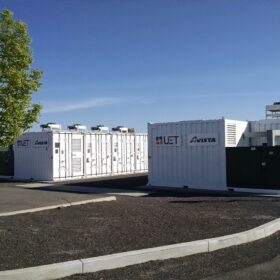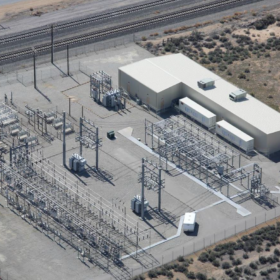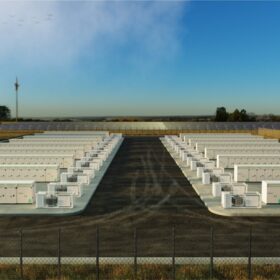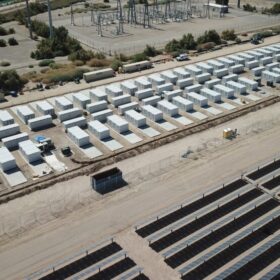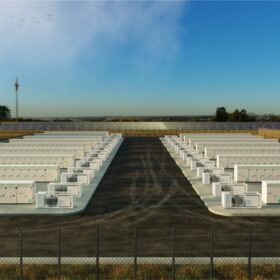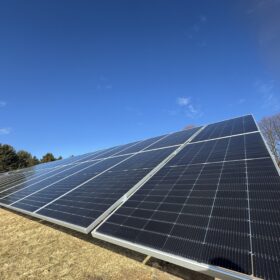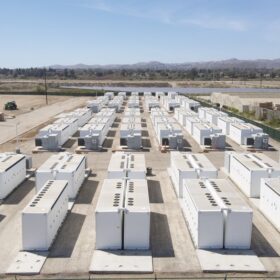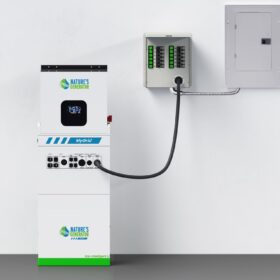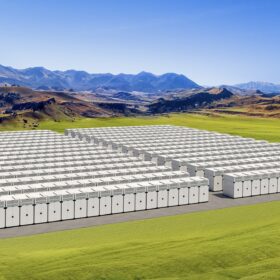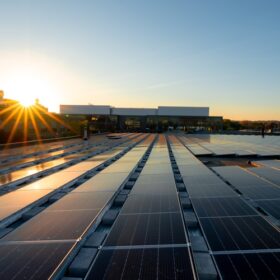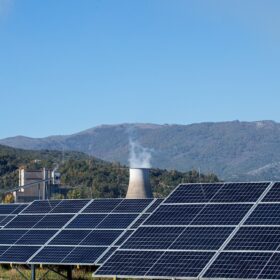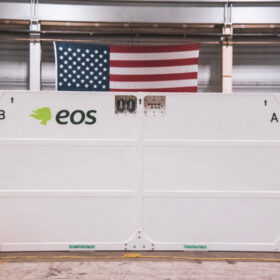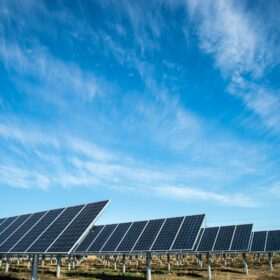How ERCOT’s upcoming RTC+B program could unlock new value streams for storage
ERCOT’s long-anticipated real-time co-optimization initiative marks a fundamental shift in how batteries are treated, dispatched and monetized across the Texas grid.
U.S. energy storage market sees record growth in Q1 2025
The Wood Mackenzie/American Clean Power U.S. Energy Storage Monitor forecasts 15.2 GW/48.7 GWh of capacity will be added in 2025 across all sectors.
U.S. battery storage market booming with 60% annual growth
The rapid expansion is partially due to falling manufacturing costs, a trend that is expected to continue over the next five to seven years, said Rystad Energy.
Powin Energy’s future hangs in the balance with 250 jobs at stake
Powin is the second Oregon-based battery company in recent days to announce looming closures and financial difficulties.
Water isn’t always the best answer to BESS fires
Fire protection engineers urge a defensive approach to battery fires, focusing on preventing thermal runaway from spreading rather than putting flames out directly.
Is Texas’ battery landscape really saturated?
Developers are adjusting strategies as energy arbitrage replaces ancillary services as the main revenue source in the Electric Reliability Council of Texas (ERCOT).
Wisconsin college expects to save $30,000 annually with solar-plus-storage installation
The 300 kW solar array will offset more than half its electricity use, with the battery energy storage system providing resilience in case of power outage.
Strata Clean Energy enters into 600 MWh battery storage tolling agreement with APS
Under the tolling agreement, Arizona Public Service (APS) can charge and discharge the system for energy as needed. In return, Strata will ensure the system’s capacity, reliability and efficiency.
Nature’s Generator introduces 10.5 kWh home backup battery
The MyGrid 10k home generator includes a 10 kW inverter and is rated for 6,000 cycles.
U.S. energy storage installations grow 33% year-over-year
Storage deployment grew across all segments and is forecast to grow another 25% in 2025, according to Wood Mackenzie.

